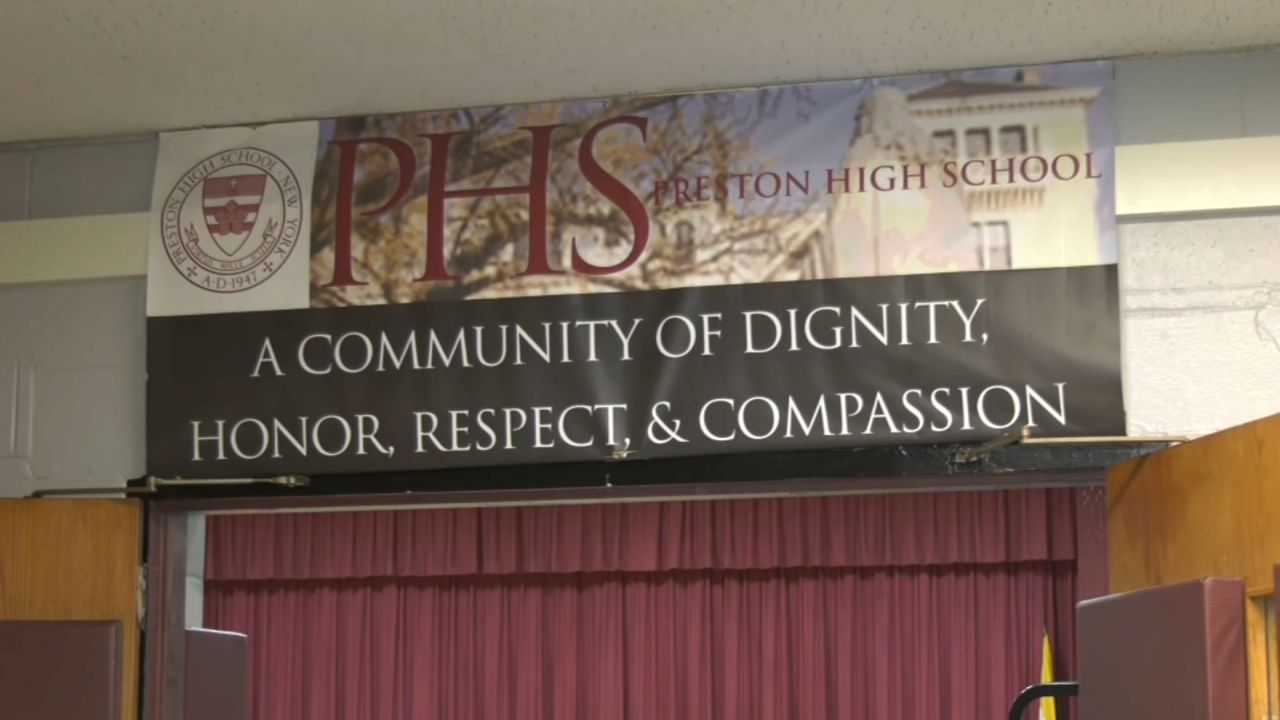The Panel for Educational Policy, or PEP, will consider placing three Success Academy charter schools in the same buildings as traditional public schools this month. Last month, the panel voted to co-locate Success at another school.
Teachers union president Michael Mulrgew, an opponent of the co-locations, says it’s a trend.
“In official conversations, they always talk about how they’re just following the law,” Mulgrew said of Mayor Eric Adams and Schools Chancellor David Banks. “We have not seen this many co-locations proposed in one year in quite some time.”
What You Need To Know
- In the span of about a month, the Panel for Educational Policy will consider four proposals to co-locate Success Academy schools with existing, traditional public schools
- The proposals are controversial, sparking pushback from the schools being asked to share space
- It's also turned attention the landscape for charters under a new administration that is friendly to the privately run but publicly funded schools
The votes come a year into the tenure of Adams' administration. James Merriman, executive director of the New York City Charter School Center, noted that Adams was a steady supporter of charters during his tenure as state senator and Brooklyn borough president.
“I think he sees charters as part of the mix of schools out there for parents. And I think that continues in the mayoral administration,” Merriman said.
But the city's Department of Education — which brings the proposals for co-locations to the PEP — says the recent proposals are simply an effort to comply with state law.
The city is required to either provide space in a public building, or pay a charter’s rent. And the DOE says the number of co-location proposals is roughly on pace with each year for the last decade.
Merriman acknowledged that co-locations are often unpopular.
“It makes sense if there's space in a building, but it's always a tough issue. No one particularly likes sharing space, even if there's enough of it for two schools,” Merriman said.
Mulgrew argues there is not enough space to go around in these schools, particularly given a different state law requiring the city to lower class sizes, which requires more space.
“This is going to make it more difficult for us to lower the class sizes for the children in New York City,” he said. He argues the two state laws are in contradiction to one another, but that the class size mandate ought to win out.
“The city of New York is not mandated to co-locate charter schools inside a public schools. That is a choice that they make,” Mulgrew said.
But if public space isn’t provided, it’ll cost the DOE money — at a time when school budgets have been slashed.
“I would certainly urge anyone to think long and hard before simply letting space get wasted and spending money that doesn't need to be spent,” Merriman said.
Despite the recent spate of co-location requests, the city is unlikely to see a major uptick in them, thanks to the charter cap, which is a limit on how many charters can be approved in the city. No new charters have been issued for schools in the city since 2019, when the cap was hit. Any new charter schools opening now were either granted charters before then, or are expanding to higher grade levels.
After what’s likely to be marathon meetings, the PEP will have the final say on the next three proposals later this month.
Success has a reputation for well-organized advocacy from its parents and students. But at the same time, there’s been fierce opposition from the schools being asked to share space with them — including a student walkout.
While the decision is ultimately up to the PEP, the majority of the panel’s members are appointed by the mayor.






_CGPK_CUNY_Student_Protest_Encampents_2025_CG_134055132_345)


_DNT_Columbia_Protest_CLEAN_FOR_APPROVAL)